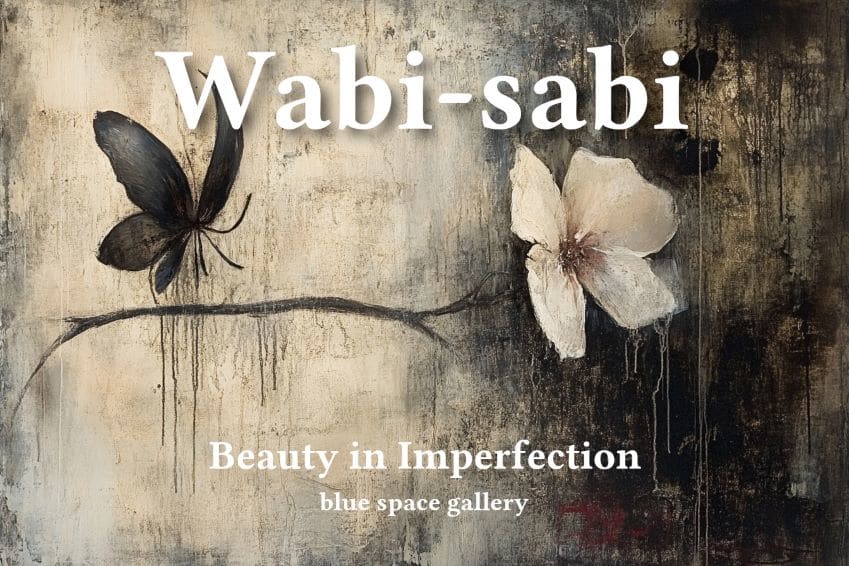Wabi-sabi isn’t about perfection. It’s about finding beauty in the worn, the asymmetrical, the natural. When it comes to oil painting flowers in this style, it opens up a space for freedom and emotional resonance unlike any other. Let’s dive into how you can capture the essence of this quiet elegance on canvas.
1. Understanding the Wabi-Sabi Aesthetic
Wabi-sabi originates from Japanese philosophy. It values the beauty of imperfection, impermanence, and incompleteness. In flower painting, this means celebrating uneven petals, fading colors, and irregular brushstrokes.
2. Choosing Your Floral Subject
Opt for flowers with character. Think dried hydrangeas, aging roses, or a wilted wildflower. These aren’t picture-perfect blooms—but they are deeply poetic.
3. Using Oil to Express Mood
Thick textures, soft blending, and muted tones work beautifully here. Don’t focus too much on fine detail. Instead, let the flow of the brush tell a story—organic and unforced.
4. Composing the Painting
Leave parts of the canvas bare. Use negative space to suggest incompletion. Try placing your flower off-center for a more natural feel.
5. Final Thoughts
Painting wabi-sabi flowers isn’t about mastering technique—it’s about letting go. Let the brush wander, let mistakes happen, and let emotion lead.
